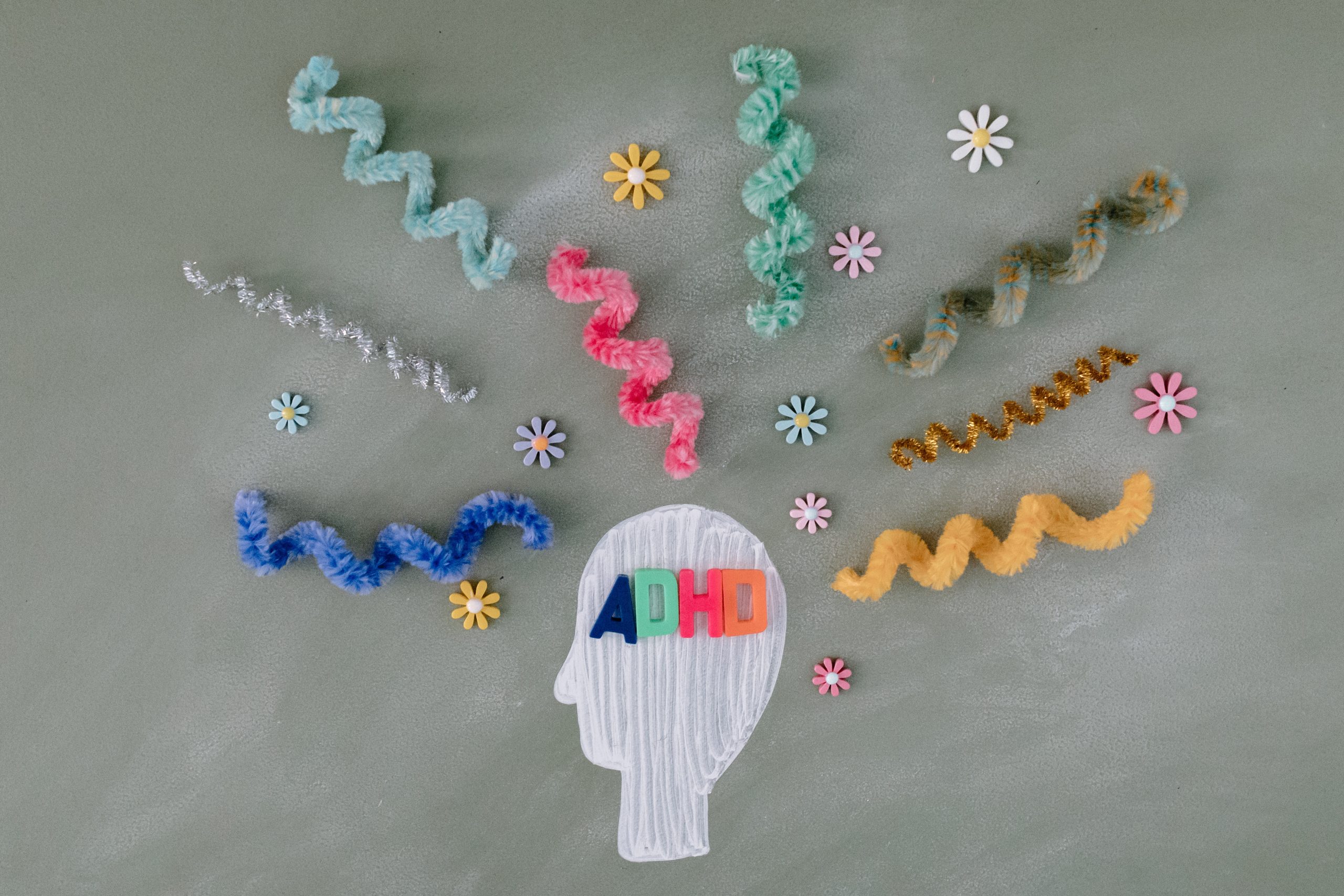
In our digital age, ADHD has received significant attention, particularly on TikTok – with videos labelled with the hashtag #ADHD gaining up to 11bn views. While raising awareness is a positive step, and has encouraged many to seek official diagnosis, the virality of ADHD on social media platforms has also given rise to several misconceptions about the neurological condition.
With October being ADHD Awareness Month, we thought it would be useful to share further insight into ADHD so you can provide service users with the right support and resources.
Understanding ADHD
Attention deficit hyperactivity disorder (ADHD) is a neurodevelopmental condition characterised by persistent patterns of inattention, hyperactivity, and impulsivity that can impact everyday life. In the workplace, this may manifest as difficulty initiating tasks, excessive talking, or being fidgety.
Common misconceptions about ADHD
-
Myth: People with ADHD are simply lazy.
Reality: ADHD is a neurodevelopmental disorder rooted in biological and genetic factors. It affects brain structure and function, leading to challenges in regulating attention and impulsivity. While strategies like time management and organisation can be helpful, they are not a substitute for medical treatment or necessary accommodations.
-
Myth: ADHD only affects children.
Reality: ADHD often persists into adulthood, with symptoms evolving over time. Many adults are diagnosed with ADHD for the first time and may face significant personal and professional challenges as a result. Recognizing and managing ADHD in adults is vital for their well-being and success.
-
Myth: ADHD is overdiagnosed.
Reality: While there has been an increase in ADHD diagnoses, it does not necessarily indicate overdiagnosis. Improved awareness and diagnostic criteria have led to more accurate identification of individuals with the condition.
Supporting service users with ADHD
If a colleague discloses their ADHD diagnosis, it’s essential to offer support tailored to their needs:
-
Establish open communication:
Maintain regular, open, and non-judgmental communication with your service users. Encourage them to share their thoughts, concerns, and experiences related to their ADHD.
-
Offer supportive strategies:
Share practical strategies for managing ADHD symptoms, such as time management techniques, task prioritization, and organizational tools.
-
Collaborate with other professionals:
Work closely with other healthcare professionals, educators, and specialists involved in your service user’s care to ensure a coordinated and holistic approach.
-
Offer emotional support:
Be empathetic and understanding of the emotional challenges associated with ADHD. Provide a safe space for service users to express their feelings and concerns.
Remember, everyone is different and some people may not wish to receive additional support for their ADHD or even disclose it. As a trusted social worker, it is important to respect service users’ preferences and only offer assistance when appropriate. Overall, the best approach is to be supportive and sympathetic in a way that suits your clients’ needs and promotes positive outcomes.
If you’re looking for a new gig in social work, get in touch with the Social Personnel team on [email protected].

In our digital age, ADHD has received significant attention, particularly on TikTok – with videos labelled with the hashtag #ADHD gaining up to 11bn views. While raising awareness is a positive step, and has encouraged many to seek official diagnosis, the virality of ADHD on social media platforms has also given rise to several misconceptions about the neurological condition.
With October being ADHD Awareness Month, we thought it would be useful to share further insight into ADHD so you can provide service users with the right support and resources.
Understanding ADHD
Attention deficit hyperactivity disorder (ADHD) is a neurodevelopmental condition characterised by persistent patterns of inattention, hyperactivity, and impulsivity that can impact everyday life. In the workplace, this may manifest as difficulty initiating tasks, excessive talking, or being fidgety.
Common misconceptions about ADHD
-
Myth: People with ADHD are simply lazy.
Reality: ADHD is a neurodevelopmental disorder rooted in biological and genetic factors. It affects brain structure and function, leading to challenges in regulating attention and impulsivity. While strategies like time management and organisation can be helpful, they are not a substitute for medical treatment or necessary accommodations.
-
Myth: ADHD only affects children.
Reality: ADHD often persists into adulthood, with symptoms evolving over time. Many adults are diagnosed with ADHD for the first time and may face significant personal and professional challenges as a result. Recognizing and managing ADHD in adults is vital for their well-being and success.
-
Myth: ADHD is overdiagnosed.
Reality: While there has been an increase in ADHD diagnoses, it does not necessarily indicate overdiagnosis. Improved awareness and diagnostic criteria have led to more accurate identification of individuals with the condition.
Supporting service users with ADHD
If a colleague discloses their ADHD diagnosis, it’s essential to offer support tailored to their needs:
-
Establish open communication:
Maintain regular, open, and non-judgmental communication with your service users. Encourage them to share their thoughts, concerns, and experiences related to their ADHD.
-
Offer supportive strategies:
Share practical strategies for managing ADHD symptoms, such as time management techniques, task prioritization, and organizational tools.
-
Collaborate with other professionals:
Work closely with other healthcare professionals, educators, and specialists involved in your service user’s care to ensure a coordinated and holistic approach.
-
Offer emotional support:
Be empathetic and understanding of the emotional challenges associated with ADHD. Provide a safe space for service users to express their feelings and concerns.
Remember, everyone is different and some people may not wish to receive additional support for their ADHD or even disclose it. As a trusted social worker, it is important to respect service users’ preferences and only offer assistance when appropriate. Overall, the best approach is to be supportive and sympathetic in a way that suits your clients’ needs and promotes positive outcomes.
If you’re looking for a new gig in social work, get in touch with the Social Personnel team on [email protected].

